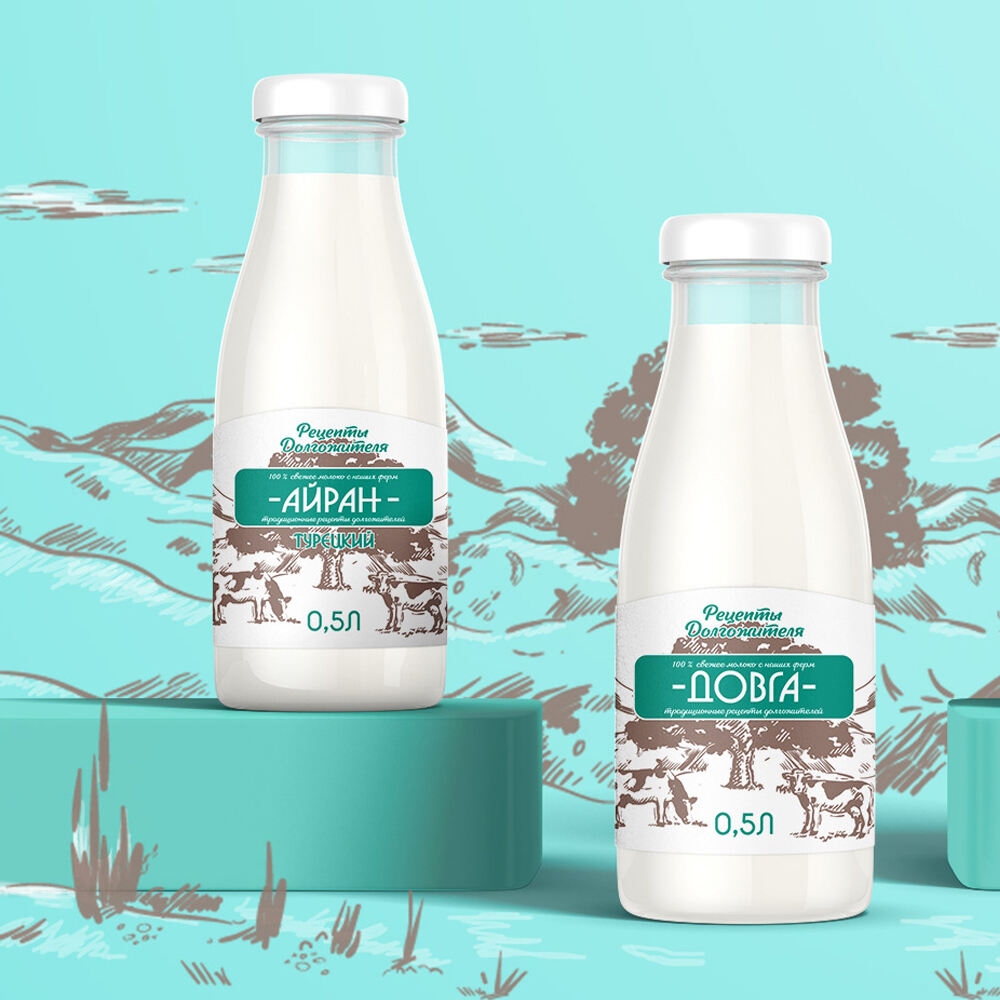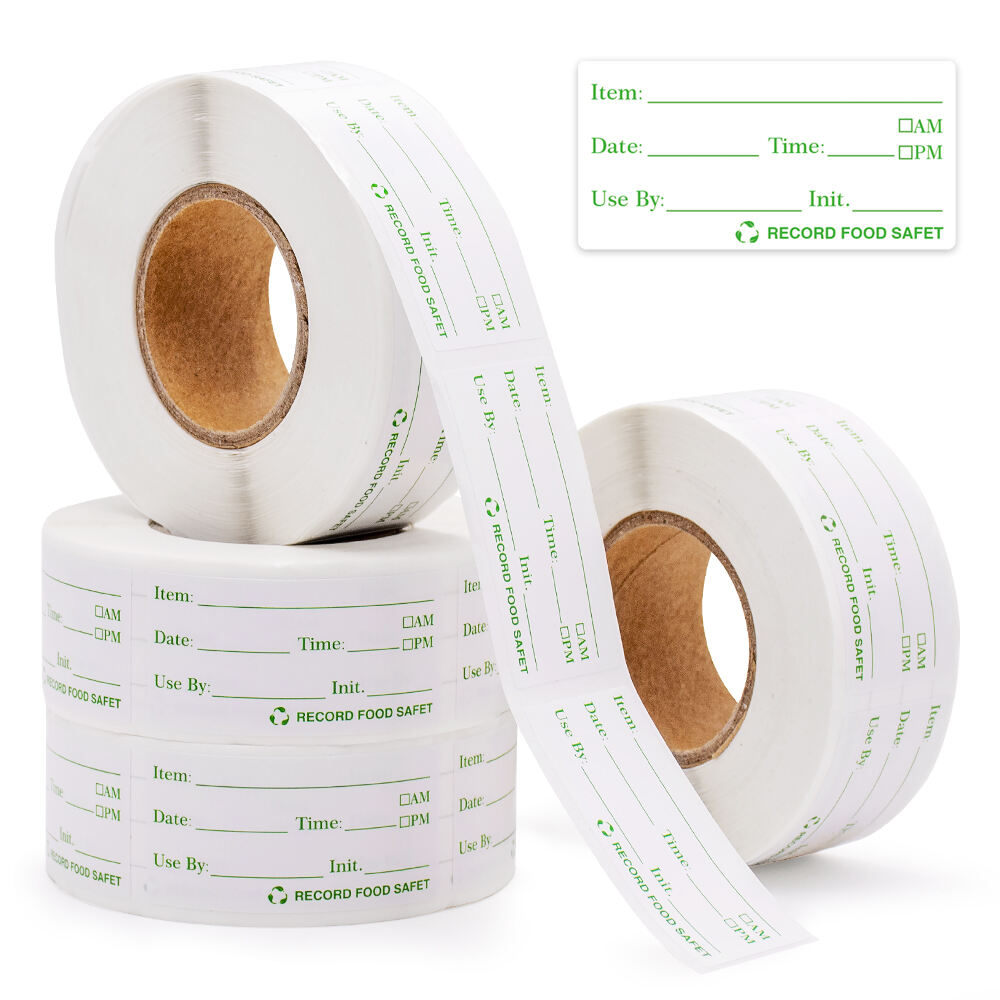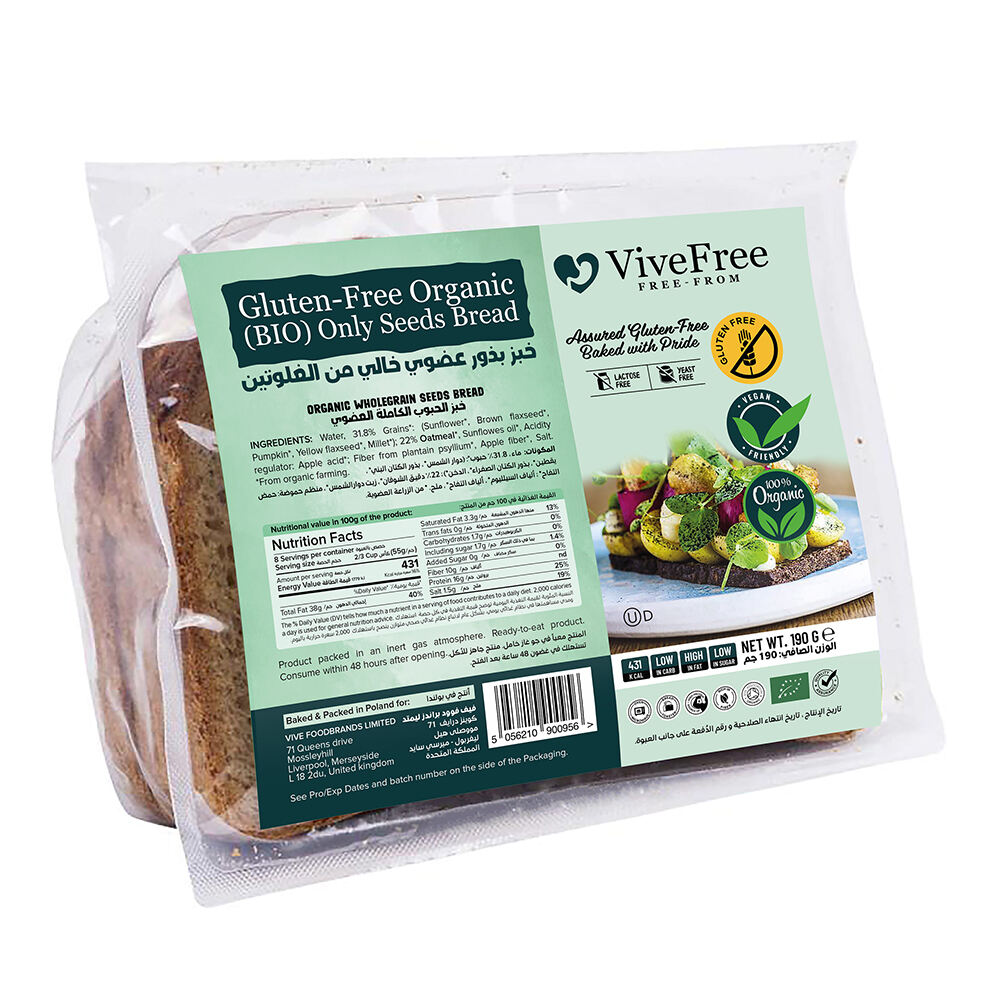Food Packaging Stickers: Ensuring Safety and Compliance
Regulatory Requirements for Food Packaging Stickers
Key Food Safety Standards (FDA, EU Regulations)
To ensure consumer safety, compliance with regulatory standards is crucial in the food industry. In the U.S., the FDA's Food Safety Modernization Act establishes stringent guidelines for food packaging, emphasizing preventive controls and hazard analysis. These regulations are designed to protect consumers by ensuring that food packaging, including stickers, meets hygiene standards and is free from contamination. In contrast, the EU's Regulation No. 1169/2011 specifies requirements for food information and labeling, with particular attention to the visibility and accuracy of food packaging stickers. Non-compliance with these standards can lead to severe consequences for businesses, including financial penalties and damage to reputations. Moreover, obtaining international certifications and adhering to global standards is vital for companies looking to export their food products, ensuring they achieve worldwide acceptance.
Mandatory Labeling Information & Allergen Warnings
Food packaging stickers must include critical information such as the product name, list of ingredients, and nutritional facts. This ensures consumers are well-informed about what they are eating. Allergen labeling is particularly crucial, as clear communication of potential allergens like nuts, gluten, and dairy can prevent severe adverse reactions. Recent trends reflect increased consumer awareness regarding allergens, necessitating enhanced label visibility and prominence. Studies on allergen-related incidents underscore the importance of accurate allergen information on packaging to avoid health risks. Companies must adopt best practices for compliance and communication to ensure the effective conveyance of allergen warnings, thereby maintaining consumer trust and health.
Material Compliance & Environmental Regulations
Food packaging stickers must adhere to strict material compliance standards to ensure safety for food contact, as outlined in FDA Title 21. Besides safety concerns, environmental regulations also impact the choice of materials used in packaging, emphasizing the need for recyclability and biodegradability. Innovations in sustainable materials, such as plant-based inks and recyclable adhesives, can facilitate compliance and align with shifting consumer preferences toward eco-friendly options. For businesses, it is essential to work with suppliers who provide certifications and documentation that demonstrate compliance with these material standards and regulations. This not only enhances credibility with consumers but also ensures the sustainability of practices within the industry.
Essential Features of Compliant Food Labels
Durability in Extreme Temperatures & Moisture
Durability is a crucial feature for food packaging labels, especially when exposed to extreme temperatures. For instance, labels on frozen or refrigerated products must withstand cold conditions without peeling or degrading. Similarly, labels used in moist environments, such as in kitchens or during transport, face challenges from humidity and potential condensation. To combat these issues, high-quality label materials are a necessity, ensuring that the labels remain intact and readable. Testing standards also play a pivotal role in assessing durability, impacting food safety as any degradation in the label can lead to miscommunication of crucial product information.
Adhesive Strength for Diverse Packaging Surfaces
Adhesive strength is vital for maintaining the integrity of labels across various packaging materials like glass, plastic, and cardboard. Inadequate adhesion can result in labels peeling off or becoming damaged, leading to non-compliance with labeling regulations. It is essential for businesses to choose adhesives that are compatible with different surfaces to prevent such issues. Recent advancements in adhesive technology have significantly improved label performance, ensuring that labels adhere securely in various conditions and environments.
Legible Printing for Critical Safety Information
The legibility of printed information on food packaging stickers is of paramount importance to ensure consumer safety. Effective communication of critical safety information relies heavily on clear print, with optimal font sizes, styles, and color contrasts essential for readability. This includes adhering to visibility standards and regulations designed to protect consumers by ensuring they can easily read safety instructions and ingredient lists. By prioritizing legibility, companies not only comply with regulatory requirements but also foster trust and transparency with their customers.
Top Food Packaging Stickers for Safety & Compliance
Customizable Food Labels for Branding & Transparency
Customizable food labels are essential tools in both branding and ensuring transparency for consumers. Brands can use unique design elements on their packaging stickers to effectively communicate product safety and compliance, while simultaneously enhancing marketing goals. Custom designs not only make packaging aesthetically appealing but also clearly display necessary information like ingredients, nutritional facts, and expiration dates, thus building trust and clarity with customers. Many successful brands have leveraged custom labels, reaping the benefits of strengthened brand recognition and consumer loyalty. For instance, a popular organic food company might use earth tones and eco-friendly imagery on its labels, effectively conveying its brand values and commitment to sustainability.
Oil/Water-Resistant Food Storage Labels
The use of oil and water-resistant labels is critical in ensuring compliance and maintaining integrity during storage and transportation. These labels possess a coating that prevents deterioration in humid or oily environments, effectively reducing contamination risks and safeguarding consumer health. Food storage labels made from materials like polypropylene or polyethylene are known for their ability to repel water and oils, making them ideal for consistent performance despite exposure to liquids. In addition, such resistance ensures that vital information remains legible on the packaging, supporting the food durability needed in various storage conditions, including refrigerators and freezers.
Eco-Friendly Adhesive Stickers for Containers
There is a growing demand for eco-friendly adhesive solutions in food packaging, driven by consumer awareness and regulatory pressures for sustainable practices. Biodegradable and compostable adhesives present a viable solution, offering environmental compliance without compromising quality. As more consumers prefer sustainable packaging options, the market is seeing an increase in the adoption of such materials. These green primary materials minimize waste and reduce a business's carbon footprint, appealing to environmentally conscious customers and positively influencing brand image. Furthermore, eco-friendly stickers cater to the increasing scrutiny from policymakers, thereby contributing to long-term sustainability goals across various industries.
Designing Effective Food Packaging Stickers
Incorporating Safety Symbols & Expiration Dates
Incorporating universally recognized safety symbols in food packaging is crucial for communicating safety information to consumers effectively. These symbols can help bridge language barriers and provide clear indicators of handling, storage, and preparation instructions. Best practices for displaying expiration dates include using clear fonts, contrasting colors, and logical layouts that prevent consumer confusion. Compliance with regulations surrounding these elements is vital; the Food and Drug Administration (FDA) and other regulatory bodies often have specific requirements that must be met to ensure safety and legal adherence.
Choosing FDA-Approved Materials
Choosing FDA-approved materials for food sticker production is critical to ensure health safety and regulatory compliance. These materials have undergone rigorous testing to assess their safety for direct and indirect food contact. Non-approval of materials can lead to health risks and non-compliance with food safety regulations, which could result in costly recalls or legal actions. To verify material certifications, businesses should request documentation from suppliers that confirms FDA approval, conduct periodic audits, and stay updated on any changes in regulatory standards.
Partnering with Certified Label Manufacturers
Partnering with certified label manufacturers is essential for ensuring compliance and high-quality label production. These manufacturers bring expertise in design, material selection, and regulation adherence, ensuring that the final product meets both safety and marketing needs. Certified manufacturers play a crucial role in guiding businesses through the complexities of material selection and compliance, significantly reducing the risk of regulatory infractions. When evaluating potential partners, businesses should verify certifications, review past projects, and assess their understanding of industry regulations to ensure alignment with compliance and design objectives.
 EN
EN
 AR
AR
 HR
HR
 CS
CS
 DA
DA
 NL
NL
 FI
FI
 FR
FR
 DE
DE
 EL
EL
 HI
HI
 IT
IT
 JA
JA
 KO
KO
 PL
PL
 PT
PT
 RU
RU
 ES
ES
 SV
SV
 TL
TL
 ID
ID
 SR
SR
 SK
SK
 SL
SL
 VI
VI
 HU
HU
 TH
TH
 TR
TR
 FA
FA
 AF
AF
 MS
MS
 IS
IS
 HY
HY
 BN
BN
 LO
LO
 LA
LA
 MN
MN
 MY
MY
 KK
KK
 UZ
UZ






